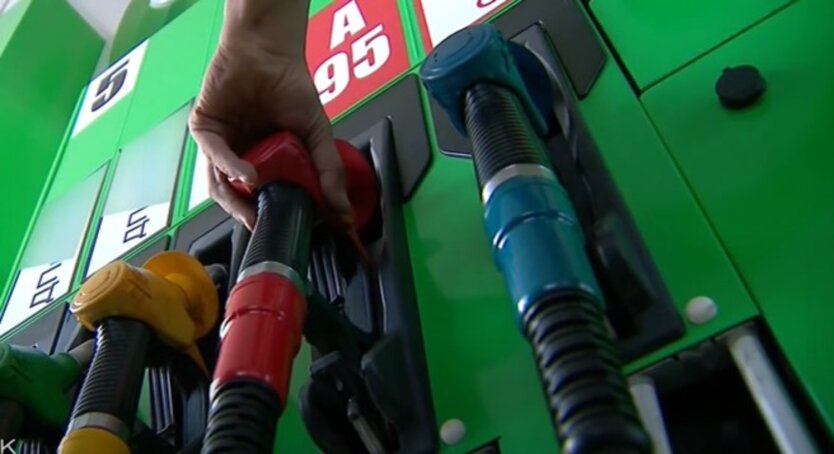The 'eOselya' or bank: Ukrainians explained where the conditions for mortgage loans are twice as bad.


Since the beginning of 2024, only 4.5% of mortgage loans in the country were issued outside the state program 'eOselya'. However, 'eOselya' has been the most successful state initiative in this area for more than two and a half years. According to Olena Dmytriieva, the First Deputy Chairperson of the Board of GLOBUS BANK, more than 17 thousand loans have been issued under this program for a total amount exceeding 28 billion hryvnias.
In 2025, Ukrainians obtained 2,334 loans through 'eOselya' amounting to 4.3 billion hryvnias. The share of objects in the primary market has doubled compared to 2024 and stands at about 60%. This indicates a growing trust in developers, especially within the framework of the 'eOselya' program.
Market Trends
Although commercial mortgages are also present on the market, over 60% of such loans in 2025 were issued for secondary housing. The most popular are 1-2 room apartments with an area of 45-70 m², priced from 2.3 to 2.8 million hryvnias. In 75% of cases, contracts are concluded for 20 years, and the down payment usually does not exceed 30% of the property value.
The Ukrainian 'eOselya' program continues to gain popularity, having already issued more than 17 thousand loans for a total amount exceeding 28 billion hryvnias. This program contributes to the growth of trust in developers and the development of the real estate market in Ukraine.
Read also
- Pension Fund Refused Without Explanation: How to Protect the Right to a Fair Pension
- Rules for cash on delivery will be strengthened: 'Nova Poshta' responded to the fine from the NBU
- The Pension Fund of Ukraine has introduced new rules for employers: data can now be submitted differently
- Supermarkets or markets: Ukrainians were shown where young potatoes have sharply decreased in price
- The cities and gas stations with the most expensive gasoline: where to refuel for 8 UAH less
- Suzuki halts production of popular car due to China's restrictions on rare earth elements










